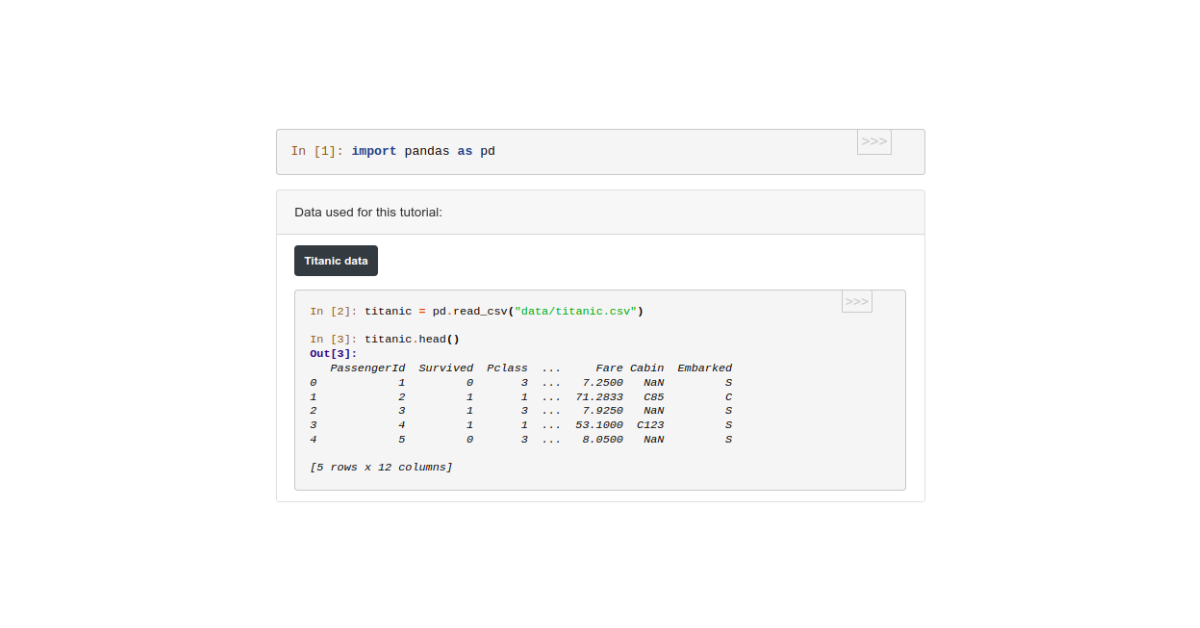Unleash the Power of pandas for Data Manipulation and Analysis in Python

Are you looking to work with data in Python? Look no further than pandas, a library for data manipulation and analysis in Python.
In this article, we will introduce pandas and its capabilities, and provide a quick and easy guide to getting started with the library.
What is pandas?
pandas is a library for data manipulation and analysis in Python, particularly for working with tabular data. It provides functions for reading in data from various sources, cleaning and wrangling data, and performing aggregations and transformations. pandas is built on top of NumPy and is compatible with the scientific Python ecosystem, including SciPy and scikit-learn.
What can you do with pandas?
- With pandas, you can perform a wide range of data manipulation and analysis tasks in Python. Some examples of what you can do with pandas include:
- Reading in data from various sources, such as CSV files, Excel spreadsheets, and databases
- Cleaning and wrangling data by handling missing values, eliminating duplicates, and combining or splitting data
- Performing aggregations and transformations on data, such as calculating means, sums, and counts, and applying functions to columns or rows
- Merging and joining data from multiple sources
- Analyzing and visualizing data using built-in plotting functions or by integrating with libraries such as Matplotlib and seaborn
- pandas is a powerful tool for working with data in Python and is a staple of the data science ecosystem.
How do you get started with pandas?
Getting started with pandas is easy! To install pandas, simply run the following command:
pip install pandas
Then, to import pandas and use its functions, simply include the following line at the top of your Python script:
import pandas as pd
From there, you can use the functions provided by pandas to read in data, manipulate and transform data, and perform aggregations and analyses. For more detailed information on how to use pandas, you can refer to the official documentation and tutorials available on the pandas website.
And, at last,
In conclusion, pandas is a powerful library for data manipulation and analysis in Python. With its extensive capabilities and user-friendly interface, pandas is a popular choice for working with data in the field of data science.
Whether you are a beginner looking to get started with data manipulation in Python or an experienced practitioner looking to expand your skills, pandas offers a wealth of tools and resources for handling, manipulating, and analyzing data. We hope this article has provided a helpful introduction to pandas and that you will give it a try in your own data science projects.





